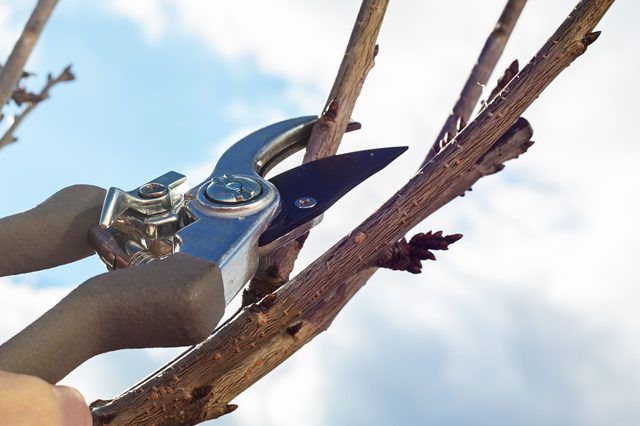Bulbs
Flower Basics
Flower Beds & Specialty Gardens
Flower Garden
Garden Furniture
Garden Gnomes
Garden Seeds
Garden Sheds
Garden Statues
Garden Tools & Supplies
Gardening Basics
Green & Organic
Groundcovers & Vines
Growing Annuals
Growing Basil
Growing Beans
Growing Berries
Growing Blueberries
Growing Cactus
Growing Corn
Growing Cotton
Growing Edibles
Growing Flowers
Growing Garlic
Growing Grapes
Growing Grass
Growing Herbs
Growing Jasmine
Growing Mint
Growing Mushrooms
Orchids
Growing Peanuts
Growing Perennials
Growing Plants
Growing Rosemary
Growing Roses
Growing Strawberries
Growing Sunflowers
Growing Thyme
Growing Tomatoes
Growing Tulips
Growing Vegetables
Herb Basics
Herb Garden
Indoor Growing
Landscaping Basics
Landscaping Patios
Landscaping Plants
Landscaping Shrubs
Landscaping Trees
Landscaping Walks & Pathways
Lawn Basics
Lawn Maintenance
Lawn Mowers
Lawn Ornaments
Lawn Planting
Lawn Tools
Outdoor Growing
Overall Landscape Planning
Pests, Weeds & Problems
Plant Basics
Rock Garden
Rose Garden
Shrubs
Soil
Specialty Gardens
Trees
Vegetable Garden
Yard Maintenance
How & When to Prune a Cherry Tree
How & When to Prune a Cherry Tree. A cherry tree in flower dances its way across spring to come into fruit in early summer. Backyard growers often ignore pruning, not wanting to deprive the tree of some of its magic. Proper pruning, however, not only increases the tree's productivity but also improves the quality of its fruit and the number of its...
A cherry tree in flower dances its way across spring to come into fruit in early summer. Backyard growers often ignore pruning, not wanting to deprive the tree of some of its magic. Proper pruning, however, not only increases the tree's productivity but also improves the quality of its fruit and the number of its flowers. Appropriate trimming opens up the tree canopy to light, critical for cherry blossom development and optimal cherry set, flavor and quality
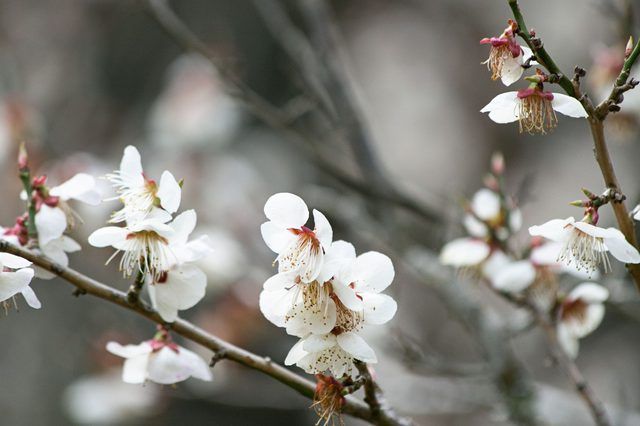
Things You'll Need
Sharp tree clippers
Step 1
Prune cherry trees in late winter or early spring. When buds are poised to break is the ideal moment to prune, according to Aggie Horticulture -- just as the cherry blossom buds begin to swell. Pruning at this time encourages rapid healing rather than allowing wounds to remain open for an extended period of time; it also avoids winter injury.
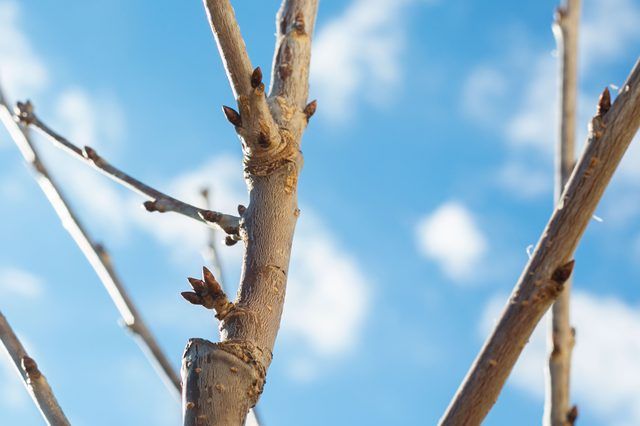
Step 2
Look closely at your cherry tree before you begin pruning. Imagine the shape you want to achieve. Eliminate dead, diseased and damaged wood -- what growers term the "three Ds." Use sharp clippers and remove branches flush with the underlying branch. Inspect the tree for crossing branches that might rub together and infect; cut off the weaker of the two or the one more poorly placed. Eliminate upright-growing shoots with sharp branch angles. Trim back unbranched lateral growth by 25 percent to encourage side branches.
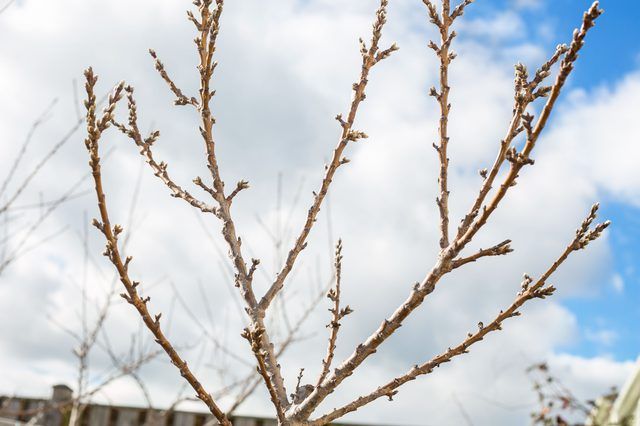
Step 3
Select permanent scaffold branches -- the cherry tree's main side branches -- if you have not already done so. Choose scaffold branches that spiral around the cherry tree's trunk, spaced 6 to 12 inches apart. Clip off competing branches, as well as limbs that start in the outer area of the canopy and cross back through the center. Retain branches that grow from the center of the canopy outward. Prune low-growing branches so they do not touch the ground.
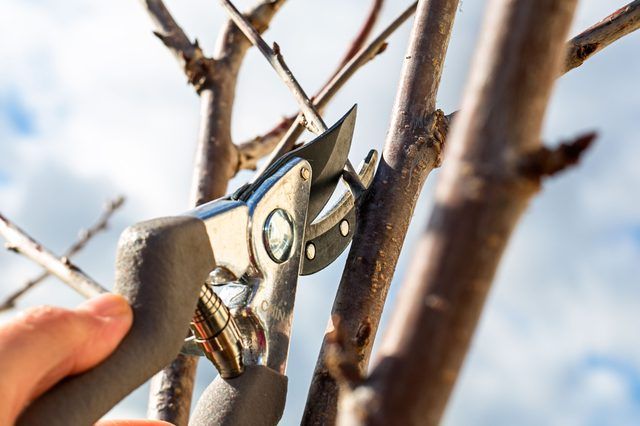
Step 4
Adopt good pruning habits that encourage cuts to heal quickly on your cherry tree, preventing disease and insect infection. Make cuts flush with the adjacent branch without leaving stubs. Angle horizontal cuts so that water runs off the cut surface. Use cherry "wound compounds" for aesthetic reasons, but realize that they do not promote healing.
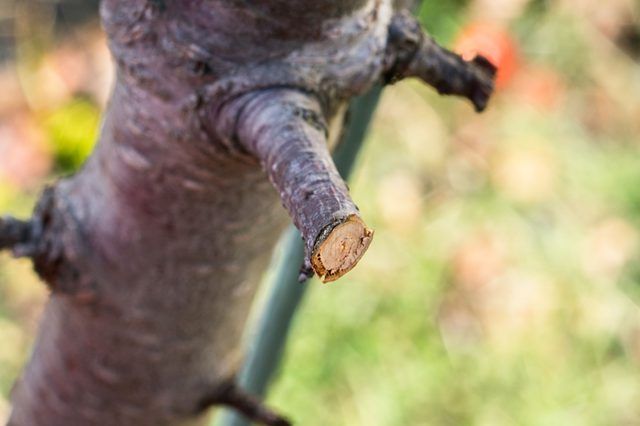
Step 5
Prune cherry trees sparingly in the summer, only to eliminate upright and vigorous current growth. Remove entire shoots back to side shoots. Do not prune heavily in the summer. Cherry trees store their energy in the branches and leaves during summer months, so summer pruning reduces the tree's energy supplies. Conclude summer pruning in July to minimize the potential for winter injury.
